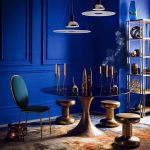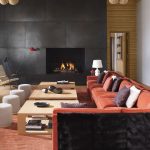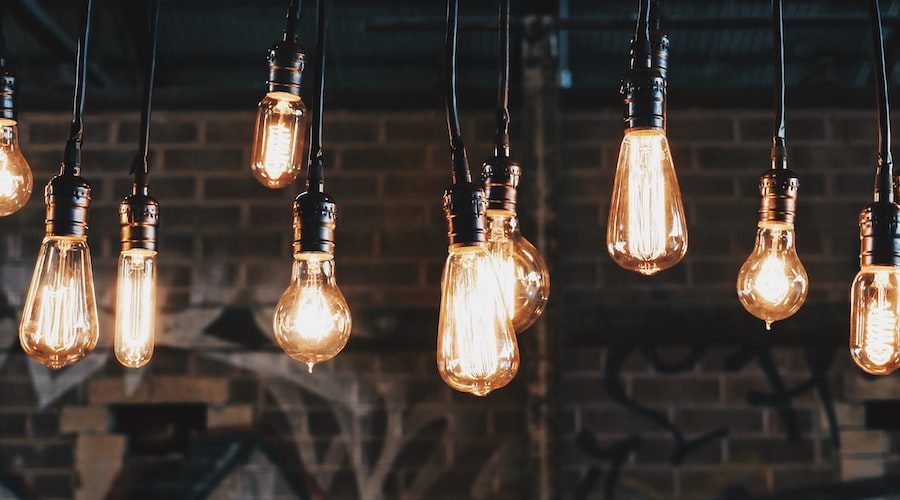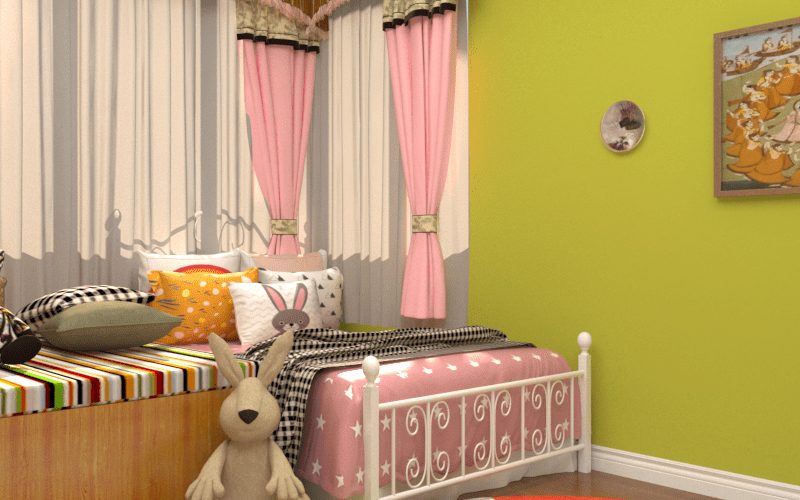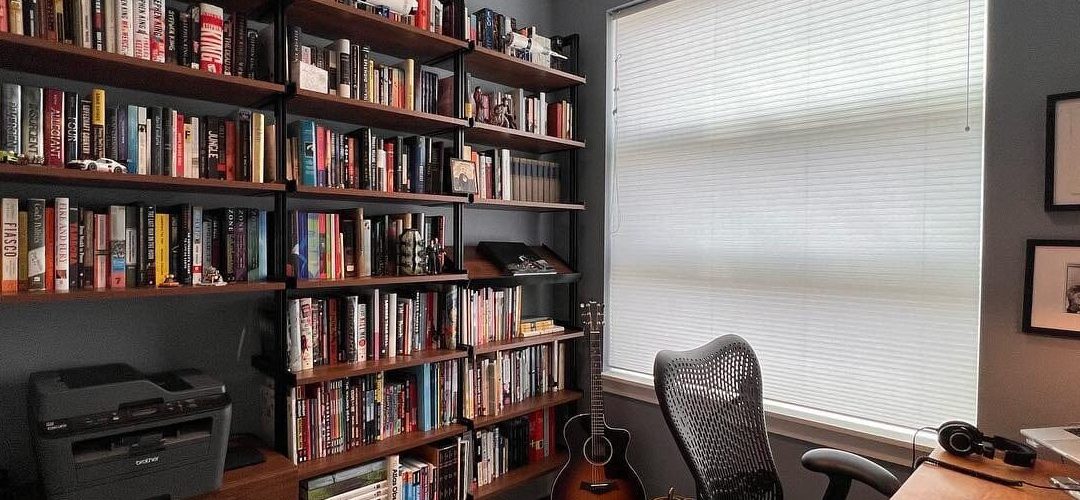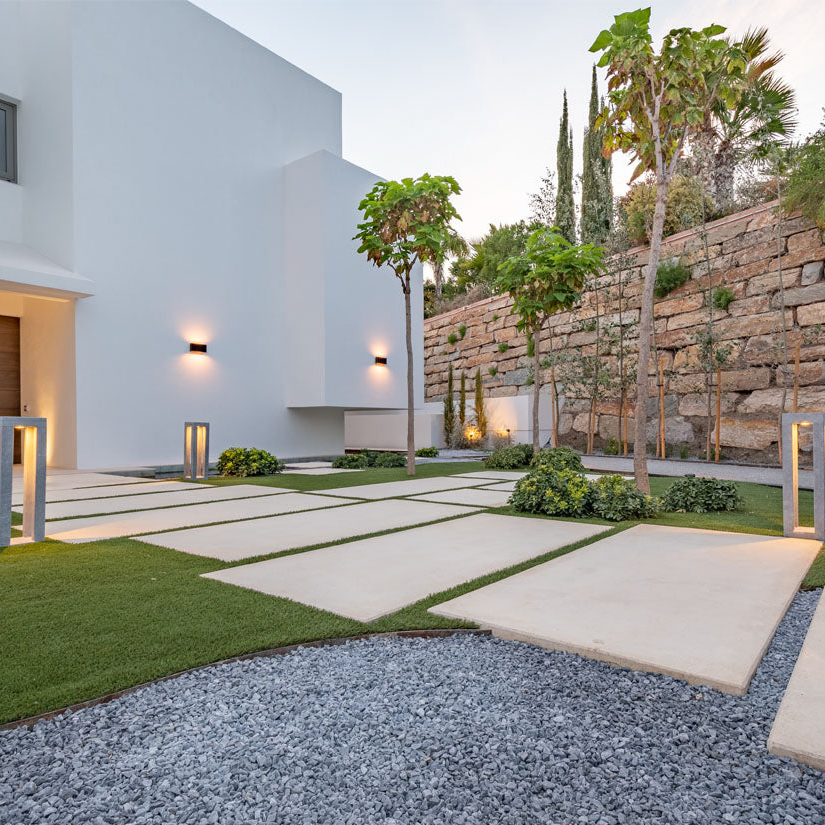
Unleashing the Duality of Black and Red: Illuminate Your World with Dynamic Lighting
The colors black and red have long been associated with a sense of duality. Black represents the absence of light, darkness and mystery. Red, on the other hand, represents passion, energy and excitement. When used in lighting design, these two colors can create a dynamic and impactful effect that captures the imagination.
History of Black and Red in Lighting Design
Throughout history, black and red have played essential roles in lighting design, from traditional lamps to contemporary lighting installations. For example, in Asian culture, red is seen as a powerful color that brings good luck and positive energy, making it commonly used in Chinese New Year festivities.
In contrast, black is often seen as a color that is associated with mourning, darkness and the unknown. In theater lighting design, black is often used to create a sense of mystery and suspense. For example, a stage designer may use black light to create a scene where only the actors’ costumes, face paint or props are visible.
Contemporary Approaches to Black and Red Lighting
Today, the use of black and red in lighting design has expanded beyond its traditional applications. Lighting designers are increasingly using these colors to create highly dynamic and impactful lighting installations in public spaces, art events, and more.
For instance, the “Red Light District” in Amsterdam is known for its red-tinted lighting, creating a unique and almost surreal atmosphere in the city’s entertainment hub. In contrast, the annual Luminale light festival in Frankfurt, Germany, features installations that use black light and neon colors to create a futuristic and otherworldly environment.
Designing with Black and Red Lighting
The use of black and red in lighting design depends on the desired mood and atmosphere the designer aims to create. Black is perfect for creating a sense of intensity, contrast and drama. For instance, it can be used to highlight certain portions of a space or object, such as highlighting the contours of a sculpture or emphasizing the texture on a brick wall.
Red, on the other hand, can be used to create a sense of excitement, warmth and intensity. It can be used to simulate a fiery or passionate feeling or to contrast with cooler colors such as blue or green, creating a visually striking effect.


